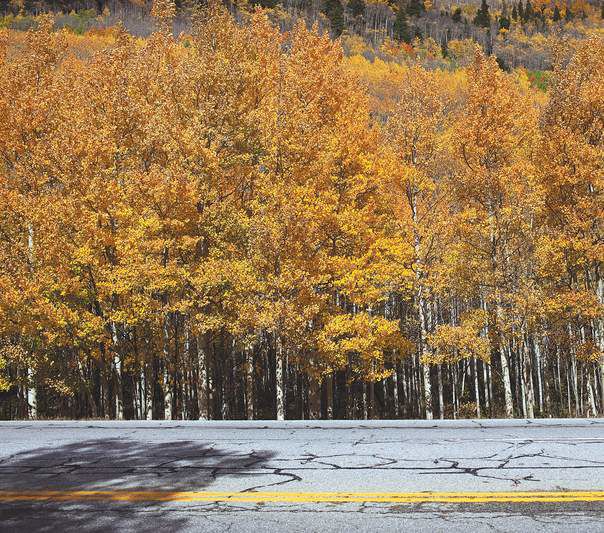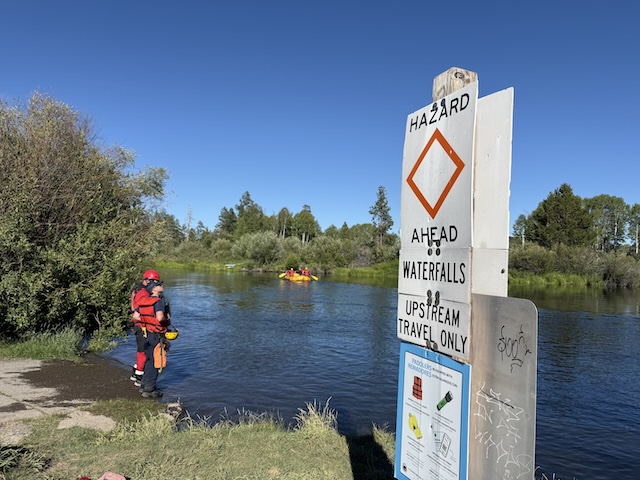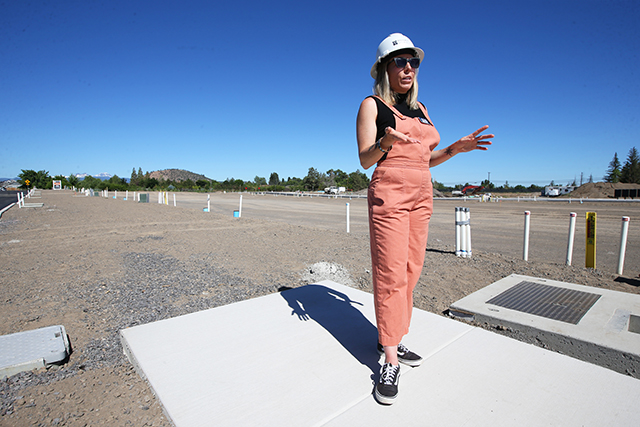Aspen’s killer slows, but worries over beloved tree persist
Published 5:00 am Tuesday, October 19, 2010

- Aspen trees stand next to Highway 50 near Monarch, Colo. The phenomenon known as sudden aspen decline appears to have stabilized, said forest pathologist James Worrall.
GUNNISON, Colo. — Aspen trees, with their quivering, delicate foliage and the warm glow of color they spread across the high country of the Rocky Mountains this time of year, have an emotional appeal that their stolid, prickly evergreen cousins do not.
So tree lovers and scientists alike felt the impact when the aspen in the West started dying around 2004 — withering away in a broad band from here in southwest Colorado through the mountains of Utah, Arizona, New Mexico and into Wyoming.
Trending
“There’s definitely something powerful about these trees,” said James Worrall, a forest pathologist for the U.S. Forest Service, gazing at a brilliant yellow swath of healthy aspen in the mountains here, about four hours southeast of Denver.
“It’s partly, I think, an emotional impression,” he said. “Partly a very real impression that the aspen is very important in our forests — hydrologically, biologically, to wildlife, every kind of way you can imagine.”
The good news is that the phenomenon known as sudden aspen decline, or SAD, appears to have stabilized, Worrall and other researchers say. Individual trees are still dying, but many stands of aspen are holding their ground against any new onset.
A sudden severe drought and heat wave early in the decade set off the decline, according to a paper co-authored by Worrall this year in the journal Forest Ecology and Management. Wetter, cooler seasons since then — more to the aspen’s liking — have halted SAD’s spread.
Other evidence supports the weather as the cause. Although the aspen is the most widely distributed tree species in North America, the die-off struck mostly in the Southwest, where the drought beginning in 2002 was most severe. And lower elevations were affected more than upper ones, which tend to be cooler and wetter.
The new research delivers some bad news as well. It has shown how profoundly vulnerable aspen are to environmental events outside their niche. In keeping with their delicate image, they do not like sudden weather shifts.
Trending
And the 2002 drought was a doozy. The winter was dry, with snowpack about half the long-term average. Early heat then melted what snow there was weeks ahead of average, and June arrived with searing temperatures about six degrees above average.
Long-term climate projections, Worrall and other scientists say, all point to more curveballs ahead — wider, more severe fluctuations and variations of hot, dry, wet and cold.








